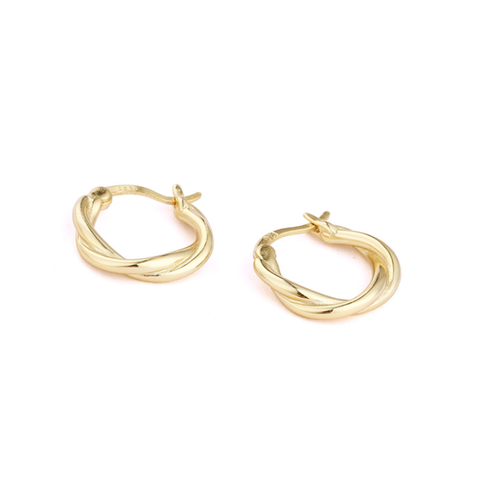Hypoallergenic jewelry is jewelry made from materials that are less likely to cause an allergic reaction. This type of jewelry is especially beneficial for people with sensitive skin or those who are prone to allergic reactions.

Here's everything you need to know about hypoallergenic jewelry:
- What is hypoallergenic jewelry? Hypoallergenic jewelry is jewelry that is designed to minimize the risk of causing an allergic reaction in people who have metal allergies or sensitivities. These types of jewelry are made from materials that are less likely to cause an allergic reaction.
- Common materials used for hypoallergenic jewelry Some common materials used for hypoallergenic jewelry include:
- Surgical stainless steel
- Titanium
- Niobium
- Gold (14k or higher)
- Platinum
- Palladium
- Tungsten carbide
- Ceramic
- Wood
- Glass
- Leather
- Why do some people have metal allergies or sensitivities? Metal allergies or sensitivities are caused by the body's immune system reacting to certain metals. This can cause an allergic reaction, such as redness, itching, and swelling. The most common metal allergy is to nickel, which is found in many types of jewelry.
- Benefits of hypoallergenic jewelry The main benefit of hypoallergenic jewelry is that it is less likely to cause an allergic reaction in people who have metal allergies or sensitivities. This can help prevent skin irritation and other uncomfortable symptoms.
- How to choose hypoallergenic jewelry When choosing hypoallergenic jewelry, look for materials that are less likely to cause an allergic reaction. Avoid jewelry made from nickel, copper, brass, or other metals that can cause skin irritation. Instead, look for jewelry made from materials such as surgical stainless steel, titanium, or gold.
- Allergy testing: If you are prone to allergic reactions, you can ask your doctor for a patch test to determine which materials you are allergic to. This will help you avoid jewelry made from those materials and choose hypoallergenic options instead.
- Cleaning: Proper cleaning and maintenance of your jewelry can help prevent allergic reactions. Clean your jewelry regularly using a mild soap and warm water, and dry it thoroughly. Avoid using harsh chemicals or abrasive materials that can scratch the jewelry's surface.
- Consider the design: The design of the jewelry can also play a role in its hypoallergenic properties. Jewelry with smooth surfaces and no sharp edges is less likely to irritate the skin. Also, avoid jewelry with glued-on parts as the adhesive can contain allergens.
- How to care for hypoallergenic jewelry Hypoallergenic jewelry should be cared for in the same way as other types of jewelry. Avoid exposing it to chemicals or harsh substances, and clean it regularly with a soft cloth and mild soap and water.
- Price: Hypoallergenic jewelry can be more expensive than regular jewelry, as the materials used are typically higher quality. However, it is worth the investment to avoid allergic reactions and to have jewelry that is comfortable to wear.


